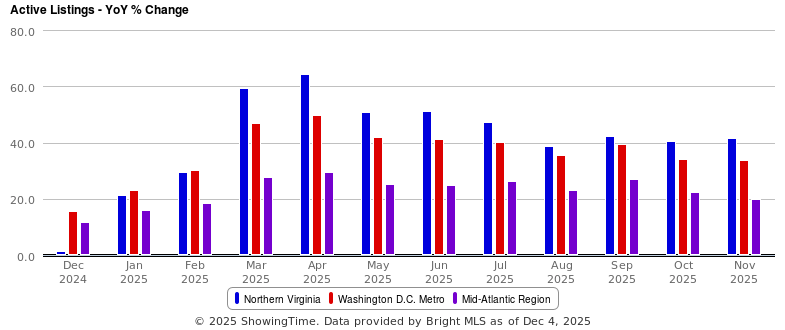Question: Given the recent appreciation in real estate values, are you seeing more homes appraise for less than the sale price?
Answer: As we saw in last week’s column, the Arlington real estate market has appreciated rapidly over the last six months which increases the chances that an Appraiser cannot find past sales to support the price the buyer and seller have agreed to, thus increasing the amount of low appraisals in Arlington over the last six months (unfortunately there’s no data to back that up so it’s based on what I’ve seen and heard in the market). Generally, appraisal values lag behind actual market appreciation by a few months.
Banks Often Require Appraisals
If a buyer is getting a mortgage, the bank almost always requires a third-party appraisal to assess the property’s market value. While one can easily make the argument that the price the buyer and seller have agreed to is the market value, banks don’t look at it that way, hence the third-party appraisal.
Appraisals are largely based on comparable home sales over the last six months. It’s a common myth that Appraisers can only use sales from the last six months, but more recent sales are given more weight than sales 6+ months ago. Ultimately, it’s the appraiser's job to determine the market value of a home using the best available information.
Impact of a Low Appraisal
If the appraised value comes in at or above the purchase price, all is good in the eyes of the bank so things continue as planned (note: a higher appraised value has no impact on your assessed value for tax purposes).
If the appraised value is lower than the purchase price, the bank usually requires you to negotiate a reduced sale price to match the appraised value or put more money down to cover the difference between the sale price and appraised value, multiplied by your loan-to-value (LTV) ratio. In some cases, you can also change the type of loan you’re using to satisfy the bank.
The easiest way to calculate LTV is to subtract your down payment percentage from 100%. In other words, if you’re putting 20% down, your LTV is 80%. If there’s a $10,000 difference between the sale price and appraised value, you’ll usually be required to bring an extra $8,000 ($10,000*.8) to the table.
All of this can change depending on your loan program and down payment, so it’s important to understand the impact a low appraisal will have on your deal before making an offer.
Protection Through An Appraisal Contingency
The Appraisal Contingency is one of the “Big Three” contingencies that are common to sales contracts in Northern Virginia. The Home Inspection and Financing Contingencies are the other two.
The Appraisal Contingency gives buyers an out, with a full return of their Deposit, in the event the appraisal is below the sale price and the seller is unwilling to reduce the sale price or the buyer is unwilling to make up the difference or change loan products.
If you include an Appraisal Contingency in your offer, it’s a good idea to ask your lender how long it will take to order and complete the appraisal so you can structure the contingency period around that timeline. Remember, shorter contingency periods are more attractive to sellers and longer periods generally favor the buyer.
When To Waive The Appraisal Contingency
Sometimes waiving an Appraisal Contingency is the right strategic decision when making an offer. If you’re competing against other offers, especially if they’re cash (no appraisal needed), you should talk with your agent and lender about the risks and rewards of giving up this protection. In some cases, sellers will choose an offer with less risk (fewer or no contingencies) instead of the highest offer, especially when the sale price is well above recent comparable sales.
Removing the Appraisal Contingency altogether isn’t your only option either. There are ways to reduce the seller’s risk exposure, thus making your offer more competitive, while also limiting your risk exposure in the event of a low appraisal.
Disputing a Low Appraisal
If you disagree with the appraised value, ask your lender about the dispute process. First review the appraisal report to understand what sales and details the Appraiser used to determine the value. The best chance you have at getting an appraisal adjustment is to provide the Appraiser with different sales that more accurately represent the subject property’s value, with an explanation.
Managing appraisal risk/contingencies is one of many strategic decisions you’ll make as a buyer or that you’ll have to assess as a seller. Don’t hesitate to reach out to me by email at [email protected] if you have any additional questions!




